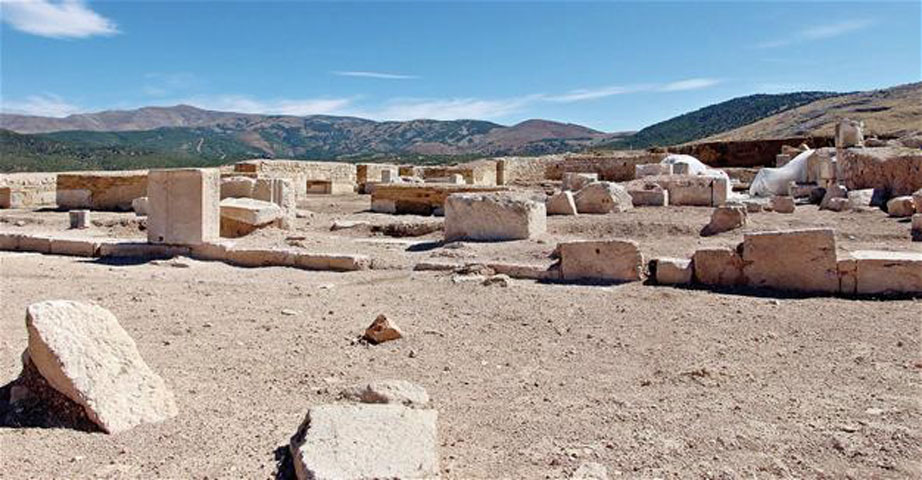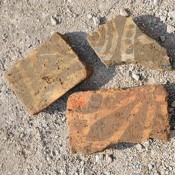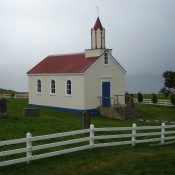A big church in the ancient city of Pisidia, near Antalya, finally “came to light” after three years of excavations. The church was built in the 6th c. and is believed to have been destroyed during a massive fire during the 11th or 12th c. AD.
Head of the excavations, Professor Mehmet Özhanlı of the Süleyman Demirel University Archaeology Department, expressed his hope that the excavated remains will help archaeologists gain a clearer picture of the history of the area.
“We believe that a big fire destroyed the church. Conservation works are still continuing on the surviving walls of the church,” Özhanlı says.
According to the Professor, the church is the third biggest one within the ancient city of Pisidia and had been built on an Antonine era temple. The four churches found so far in Pisidia suggest that the area was a religious cult centre. The city was divided in neighborhoods and each church had a capacity of 300 people. Excavations began in July 2016 and will continue until December, but only in one sector because of lack of funds.
The massive fire raged on for so many days, that the stones in the interior of the church “exploded” due to the excessive heat.
A Seljuk coin found in a layer of ashes in the northern part of the church reinforces the assumption that the church was burnt during the 11th or 12 c.
The ancient city of Pisidia has been inhabited since the Palaeolithic age. Some settlements were built between the 8th and 3rd millennium BC. Hittites, Greeks and Romans had populated the area, while in the 11th c. AD it was occupied by the Seljuk Turks. The ancient city often changed hands between Byzantines and Turks, until 1176 when the latter established permanent control.


